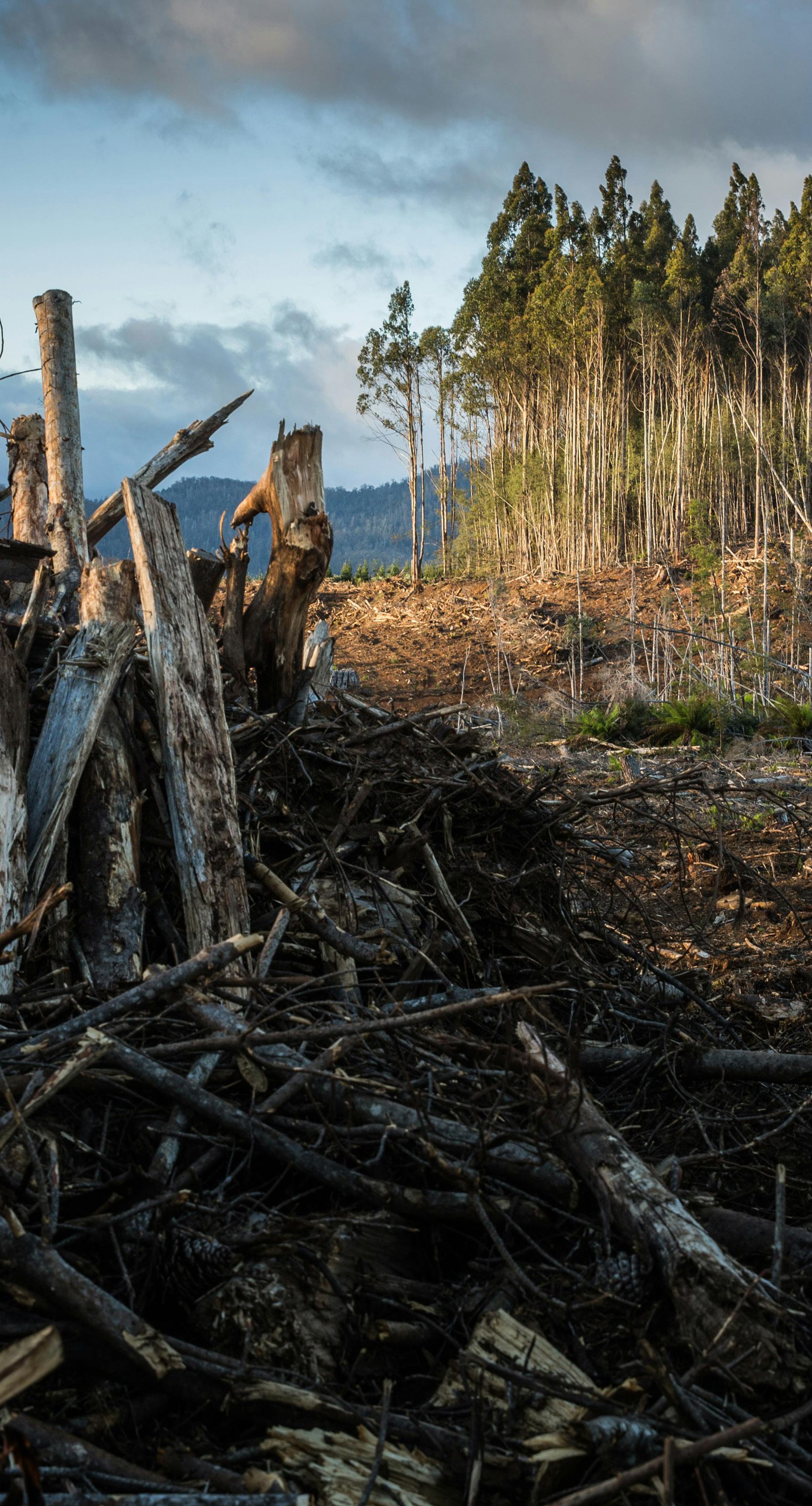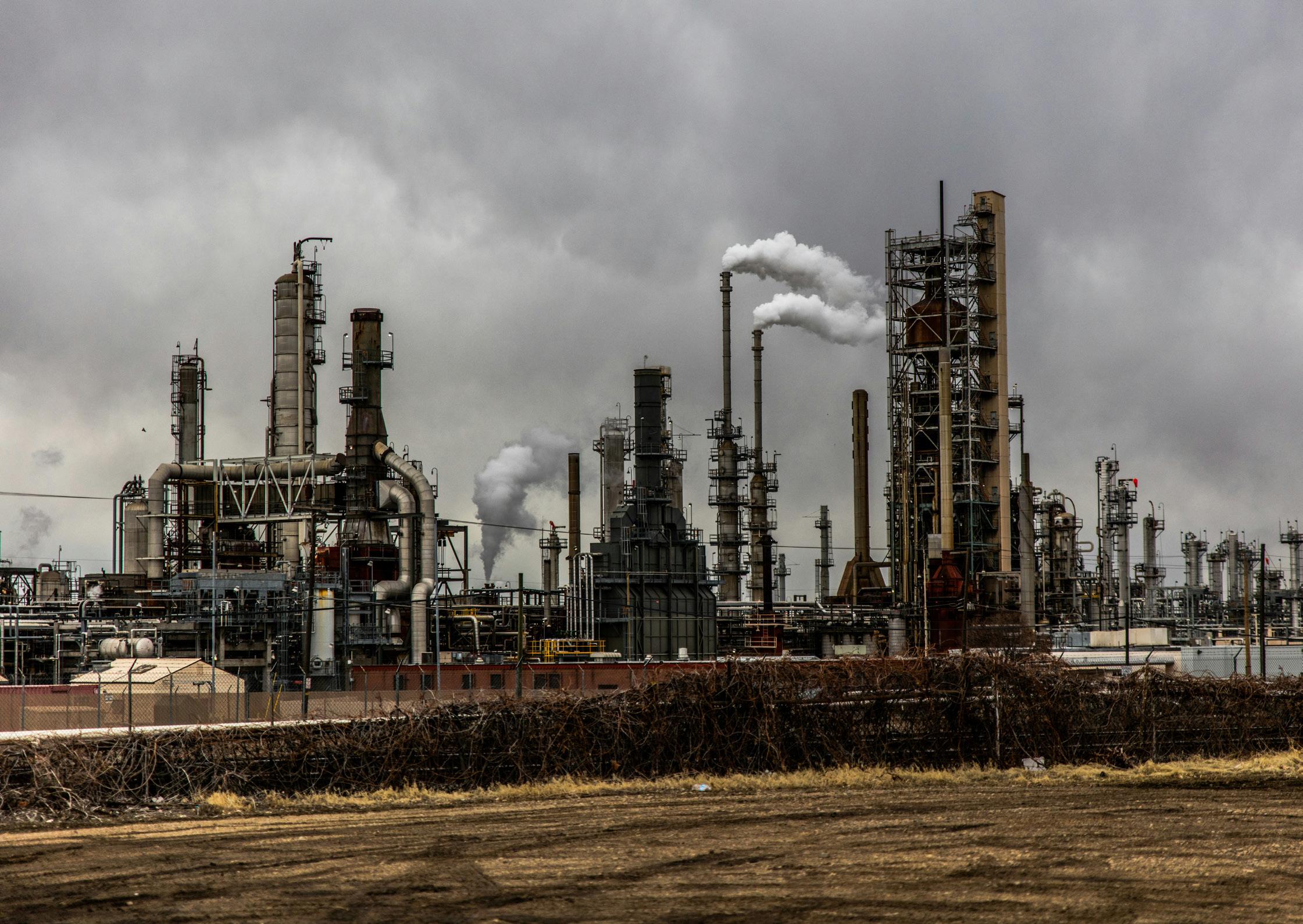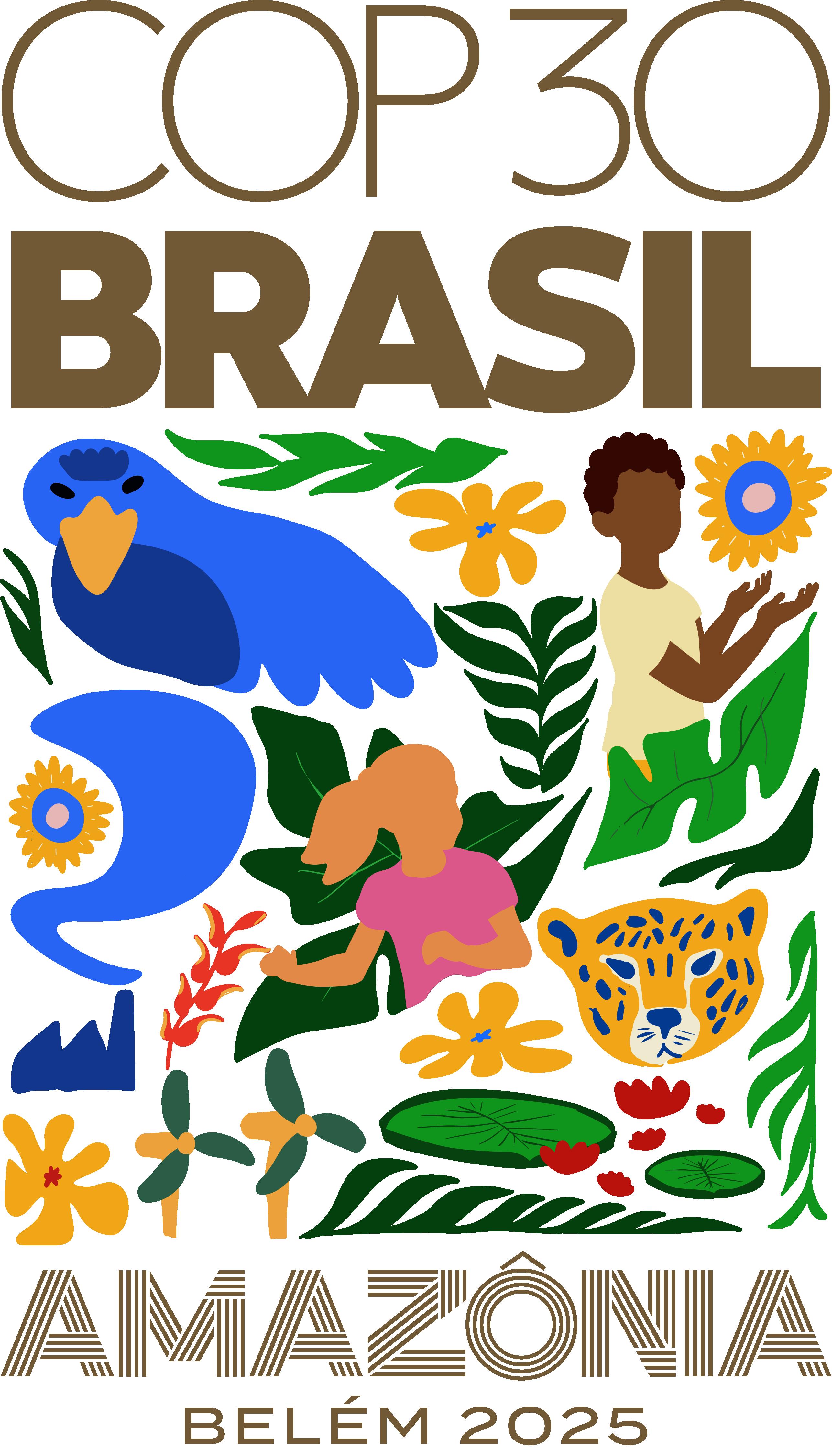
4 minute read
What is the COP?
effective solutions to tackle climate change.
The Action Agenda itself includes events, declarations, campaigns, voluntary commitments, and sectoral plans (“climate action pathways”) adopted voluntarily by its participants to support the formal negotiations, encourage ambitious decisions, and support their implementation.
In contrast to the formal process, where issues and negotiating tracks are decided multilaterally, the presidency of each Conference of the Parties is responsible for defining its “Action Agenda”.
Kyoto Protocol and Paris Agreement: Kyoto Protocol
Adopted in 1997 as part of the UNFCCC, the Kyoto Protocol outlines individual quantitative emission reduction targets for developed countries. The Protocol required these countries to reduce their emissions by 5% in 2008-2012 compared to 1990 levels.
One of the key elements of the Protocol was the implementation of market mechanisms to achieve these commitments. cost-effective. These include the Clean Development Mechanism (CDM), allowing the development of cost-effective projects to reduce greenhouse gas (GHG) emissions, ensuring mitigation benefits, and creating sustainable economic benefits.
Paris Agreement
The Paris Agreement, adopted in December 2015 at the 21st Conference of the Parties (COP21), highlighted the key role of the Framework Convention (UNFCCC) that it is connected to.
The Agreement stresses the principles of the UNFCCC and introduces three goals:
1. to keep the global temperature increase well below 2 °C, with efforts to limit it to 1.5 °C;
2. to strengthen adaptation and resilience capacities; and
3. to align financial flows with the other goals of the Agreement.
COP is assisted by a Subsidiary Body for Implementation (SBI) and a Subsidiary Body for Scientific and Technological Advice (SBSTA). The COP also serves as the Conference of the Parties to the Kyoto Protocol (CMP) and the Paris Agreement (CMA).
The Paris Agreement also innovated by requiring all countries, both developed and developing, to regularly submit “Nationally Determined Contributions” (NDCs). In the NDCs, each country explains what actions it intends to take to respond to climate change. The implementation of these actions will be accompanied by an enhanced transparency regime.
As NDCs are defined by each country, they respect the national reality and sovereignty of each nation.
Intergovernmental Panel on Climate Change
The Intergovernmental Panel on Climate Change (IPCC) was created in 1988 by the United Nations Environment Programme
(UNEP) and the World Meteorological Organization (WMO) to provide policymakers with regular scientific assessments of climate change, its impacts and possible future risks, and to suggest options for adaptation and mitigation. IPCC currently has 195 member countries, including Brasil.
The IPCC, in its assessments, sets out the state of knowledge on climate change, identifies issues that are agreed by the scientific community, and areas where more research is needed. The reports resulting from the IPCC’s assessments are key inputs in international negotiations to tackle climate change.
Working Groups and Task Forces
The IPCC’s assessments and special reports are developed by three Working Groups, each looking at a different aspect of climate change science:
• Working Group I (Physical Science Basis)
• Working Group II (Impacts, Adaptation and Vulnerability)
• Working Group III (Mitigation of Climate Change).
The IPCC also has its Task Force on National Greenhouse Gas Inventories, the main objective being the development and refinement of methodologies for the calculation and reporting of national greenhouse gas emissions and removals.
The Working Groups and the Task Force are engaged in the preparation of reports, as well as in the selection and management of the experts who work on them as authors.
All of these activities are assisted by technical support units that guide the production of IPCC assessment reports and other products.
IPCC Glossary
IPCC offers a glossary of technical terms used in its reports and in climate negotiations. Consulting the glossary can help you understand the topics discussed and make it easier to follow the debates.
• IPCC Glossary
Collaborative efforts:
The ‘Climate Champions’
The Climate Champion role was created in 2015 –in Paris– at COP21. COP presidencies must appoint a Champion to connect the work of governments with the voluntary and collaborative actions of cities, regions, the private sector, and investors. →


→ The Climate Champion’s mandate is two years. Thus, two Climate Champions are always in effect simultaneously–one appointed by the presidency of the previous COP–and one appointed by the presidency of the current COP. The activities of the Champions focus on two areas:
1. Engagement with Parties and other stakeholders, to connect existing initiatives and coalitions with national action plans - such as NDCs. Efforts are meant to provide additional transparency and credibility to existing climate actions or to support new initiatives in different geographical regions, including by monitoring results.
2. Provide information sources and inputs to support the Executive Secretariat and the COP presidencies (current and next) to prepare technical meetings and high-level events to increase climate action and ambition.
The Climate Champion role was created in 2015 –in Paris–at COP21. COP presidencies must appoint a Champion to connect the work of governments with the voluntary and collaborative actions of cities, regions, the private sector, and investors.
Presidency Youth Climate Champion (PYCC)
In addition to the Champion figure, COP28 established the Presidency Youth Climate Champion (PYCC), a “bridge between the COP Presidency and children and youth”.
The decision included the appointment of a PYCC, between the age of 18-35, to engage the COP presidency to advocate for the “inclusive participation of young people in climate action, including as part of the UNFCCC process”. PYCCs, like Champions, have a two-year mandate.
Activities in both areas are focused on climate action, attracting attention to climate action, and promoting initiatives to the broader public.
The PYCC’s task is to facilitate the participation and voices of children and youth within the UNFCCC process and beyond, in close coordination with the Official Children and Youth Constituency of the UNFCCC (YOUNGO) and hildren and youth from all other non-governmental organizations and constituencies of the UNFCCC. ■











